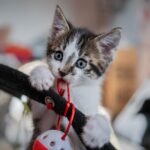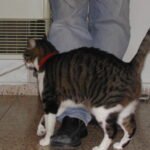You’ve probably witnessed it countless times: you’re sitting quietly in your living room when suddenly you hear your cat in the kitchen, engaged in what sounds like an animated conversation with absolutely no one. They meow, pause, chirp, then continue their monologue as if responding to an invisible companion. This peculiar behavior leaves many pet parents wondering if their feline friend has developed some quirky habit or if something deeper is at play.
The truth is, solo vocalizations in cats are far more common and complex than you might expect. Your furry companion isn’t losing their mind or talking to ghosts. Instead, they’re engaging in a sophisticated form of self-communication that serves multiple purposes, from practicing hunting skills to managing stress and emotions. Let’s explore this fascinating aspect of feline behavior and discover what your cat might really be saying when they think no one is listening.
The Mystery Behind Feline Self-Communication
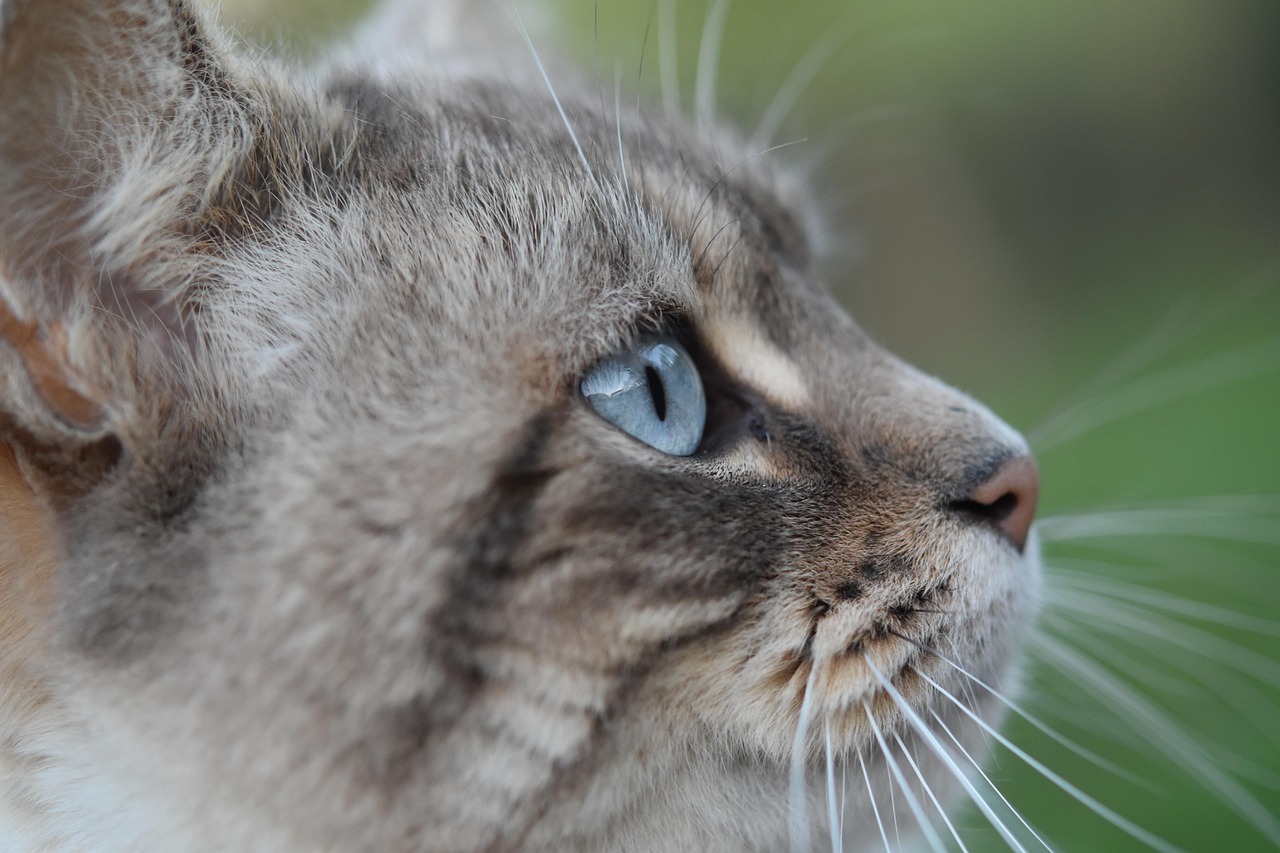
What makes cats “talk” becomes clearer when you consider their unique position in the animal kingdom. Some people have observed their cats walking around the house meowing . Cats will also even meow much as humans may talk . This behavior represents something truly remarkable about domestic cats.
Your cat’s solo conversations aren’t random chatter. It’s important to note that not all cats engage in self-talk, and the reasons behind this behavior may vary from cat to cat. Some cats may use self-talk as a coping mechanism for anxiety or stress, while others may use it as a form of play or entertainment. The frequency and style of these monologues can tell you quite a bit about your pet’s personality and current mental state.
Practice Makes Perfect: Hunting and Coordination

Cats may engage in self-talk as a way to practice hunting techniques or coordinate movements. This behavior can also be seen in kittens, who often engage in play behavior that simulates hunting and stalking. Think of it as your cat’s version of a dress rehearsal for their natural predatory instincts.
For example, a cat may engage in self-talk while stalking a toy mouse, practicing the movements and actions needed to catch prey. This behavior is not only entertaining to watch, but it also helps the cat to become a better hunter. Even indoor cats retain these ancient instincts, and vocalizing during practice sessions helps them maintain their mental sharpness. An article from The Spruce Pets argues that chattering and chirping mimic prey such as birds and rodents. It is used as a hunting strategy.
Emotional Self-Soothing and Stress Management
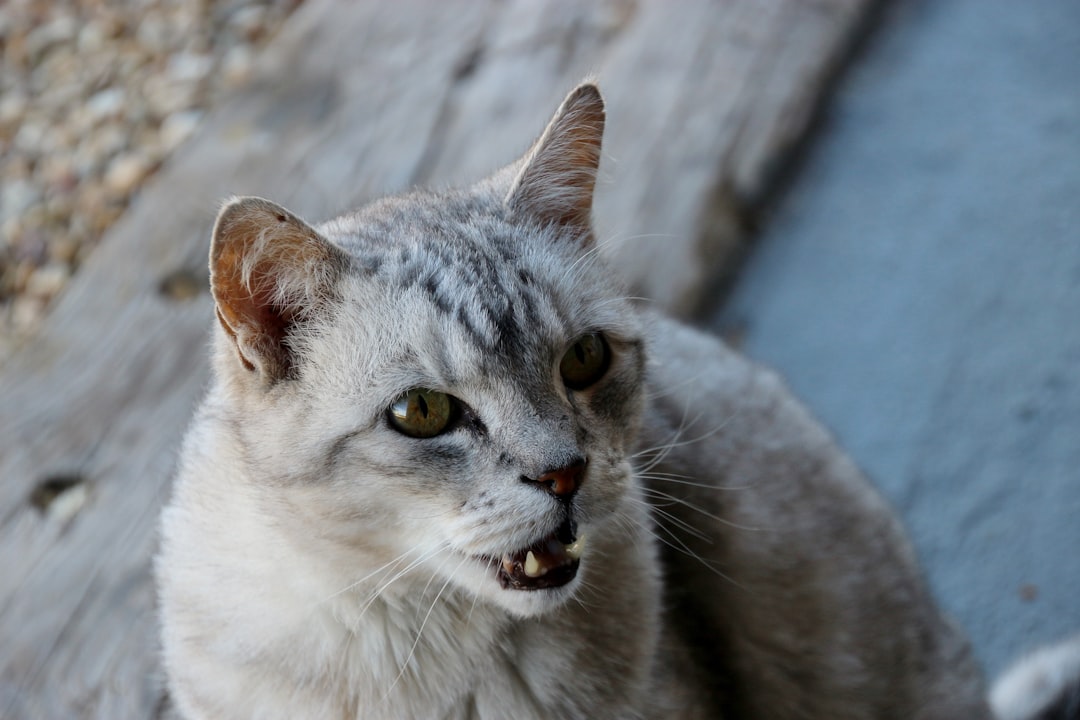
Cats are sensitive animals that can experience stress and anxiety in stressful or unfamiliar situations. Self-talk may be a way for cats to soothe themselves or communicate their distress to their human owners. Your cat’s solo vocalizations often serve as a form of emotional regulation, similar to how humans might talk through their problems.
For example, if a cat is feeling anxious or stressed, they may engage in self-talk as a way to calm themselves down. This behavior can be seen as a form of self-soothing, similar to how humans may talk or take deep breaths to calm down in stressful situations. Sometimes, however, a cat may purr when they’re anxious or sick, using their purr to comfort themselves, like a child sucking their thumb. These vocalizations become part of their coping toolkit.
Attention-Seeking and Social Connection
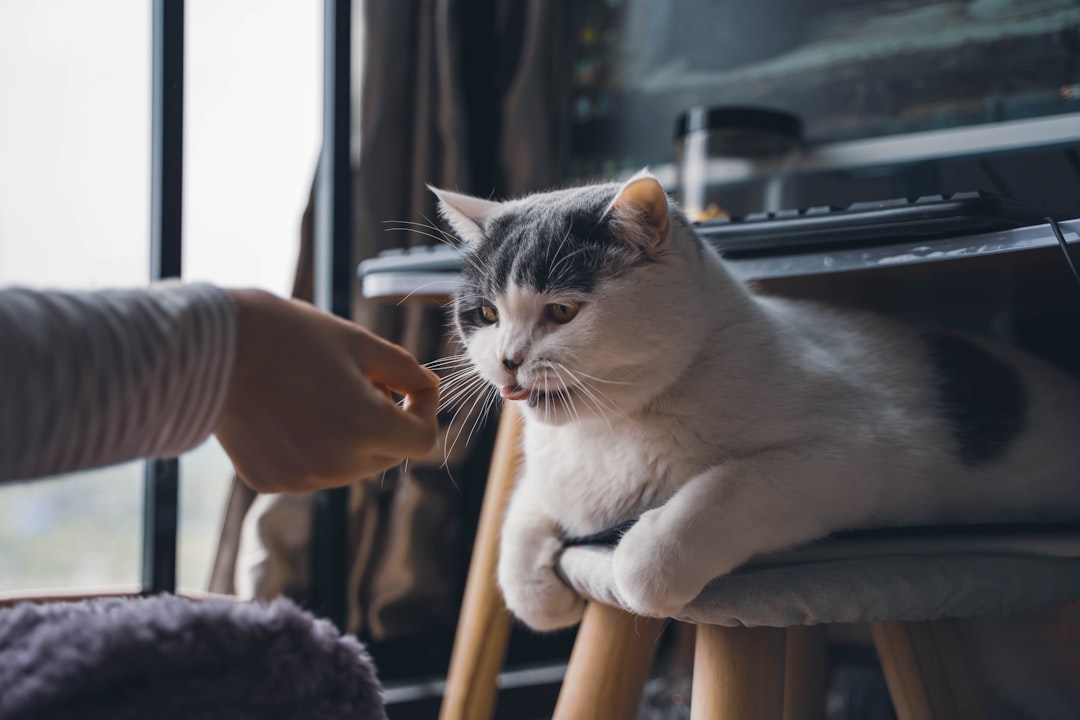
Cats are social animals and crave attention and interaction with their owners. Self-talk may be a way for cats to initiate social interaction or alert their owners to their presence. What appears to be talking might actually be your cat’s way of calling for you, even when you’re in another room.
Some cats have learned that their vocalizations bring humans running, so they’ve developed elaborate “conversations” to maintain that connection. Most chatty cats just want your attention. A cat will learn that if she meows long enough, you will feed her, play with her, or wake up and let her into your bedroom. Your response to these solo sessions can actually reinforce the behavior, making it more frequent over time.
Age-Related Changes and Health Considerations
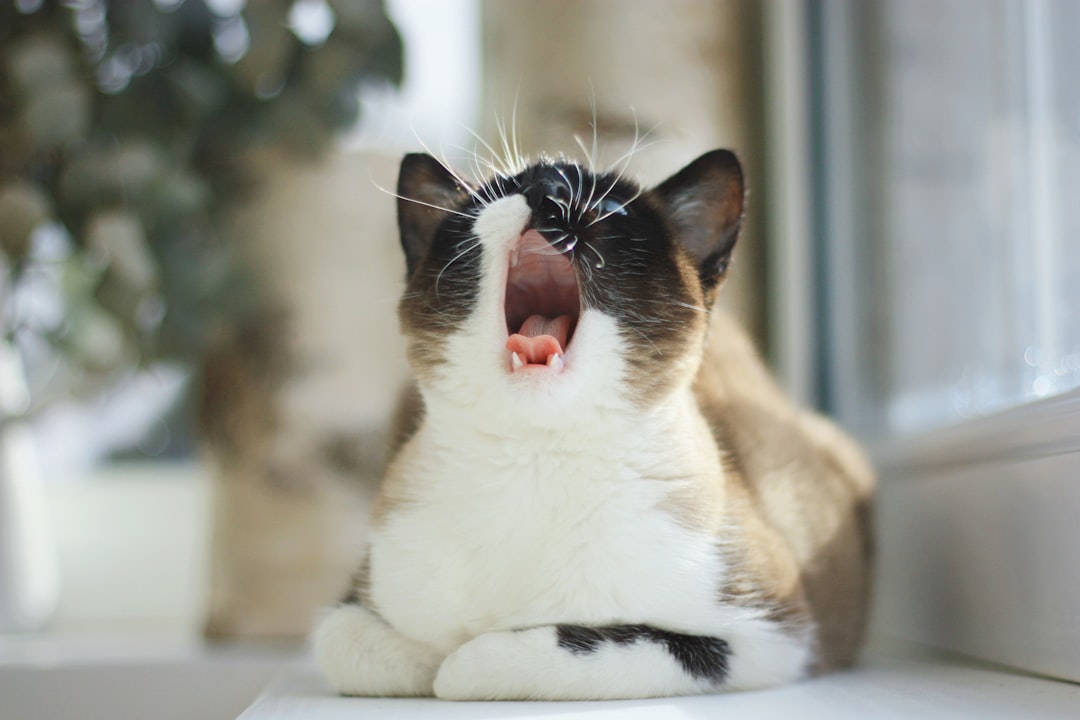
Cats can also become increasingly vocal as they age. Two possible reasons for this are age-related dementia and deteriorating eyesight. A cat who feels anxious or confused may meow to seek reassurance. Senior cats often experience changes in their vocalization patterns that can manifest as increased self-talk.
Hearing loss can also cause a kitty to vocalize louder than usual because they can’t determine their volume. Feline Dementia: Also known as cognitive dysfunction syndrome, this is a gradual decline in mental ability that affects some feline elders. Signs can include disorientation, altered sleep cycles, house soiling, and bizarre, loud vocalizations. If your older cat suddenly develops new vocalization patterns, it’s worth discussing with your veterinarian to rule out underlying health issues.
Understanding Your Cat’s Inner World
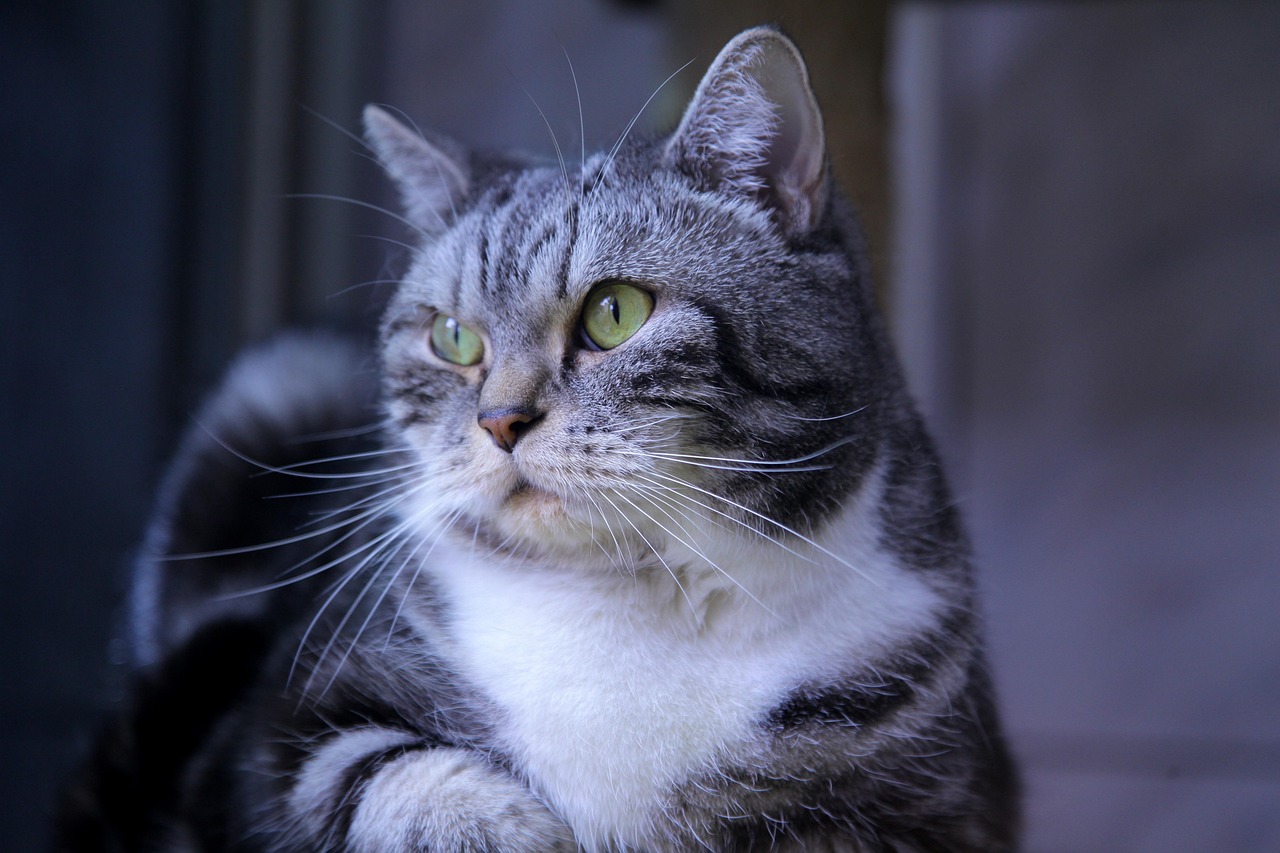
Research suggests cats may have complex decision-making processes. Cats showcase resourcefulness and cunning intelligence, challenging the stereotype of mere instinct-driven behavior. The tendency to vocalize when alone adds another layer to the intriguing notion of a feline inner monologue – a silent dialogue with an unseen companion.
Cats are known for their unique personalities, and their self-talk can reveal a lot about their current state of mind. Some cats may meow softly while grooming, while others may growl or hiss during playtime. By paying attention to your cat’s self-talk, you can better understand their needs and emotions. These solo conversations offer you a window into your pet’s complex emotional and cognitive world, revealing far more intelligence than many people give cats credit for.
When your cat engages in their next solo conversation, remember that you’re witnessing a remarkable display of feline intelligence and emotional complexity. Whether they’re practicing their hunting skills, managing stress, seeking connection, or simply processing their thoughts, these vocalizations represent a sophisticated form of self-communication that highlights just how remarkable our feline companions truly are. What do you think about your cat’s mysterious monologues? Have you noticed patterns in when and how they “talk” ?

